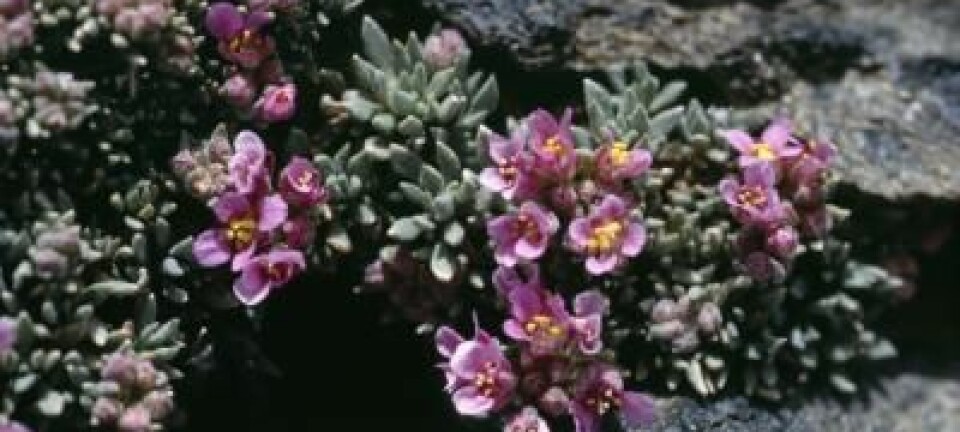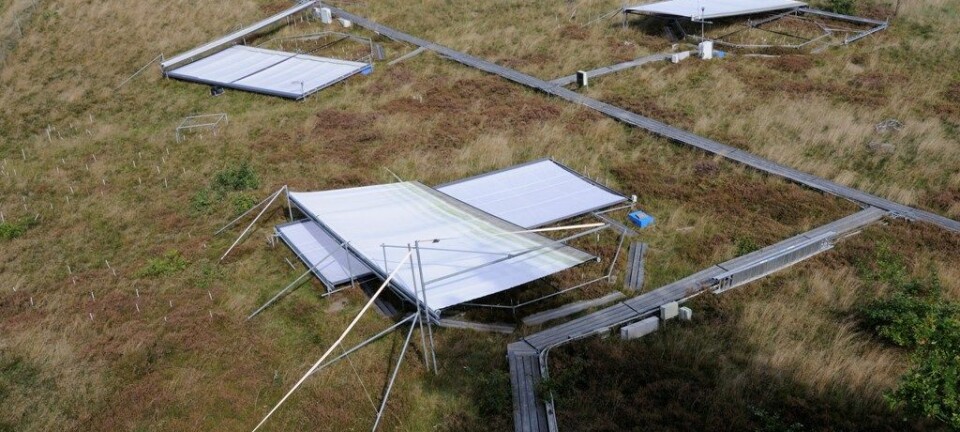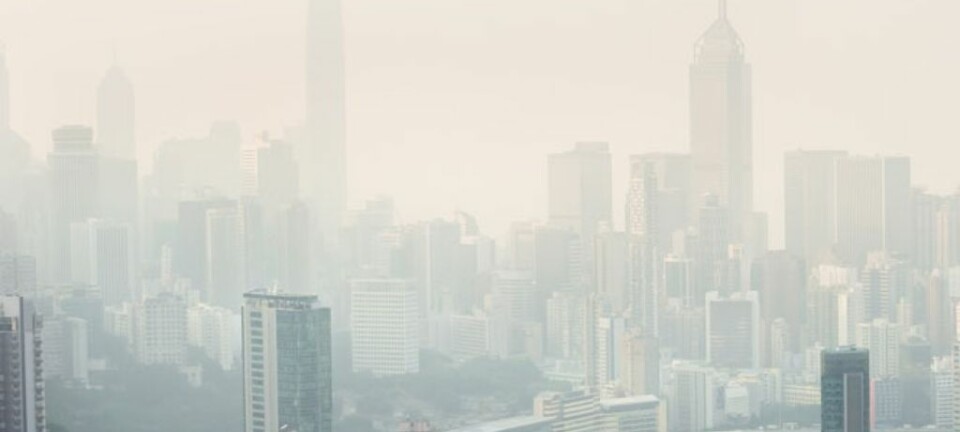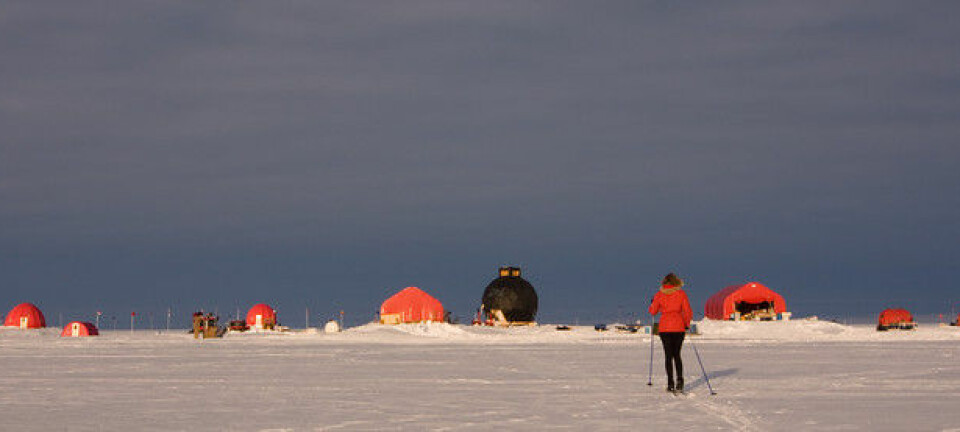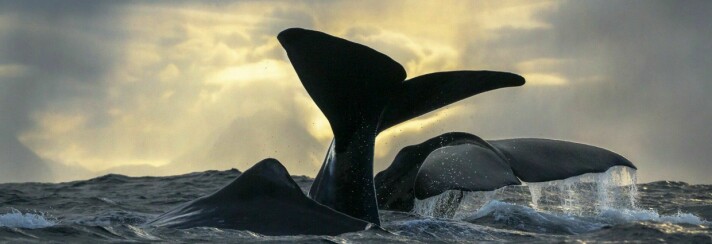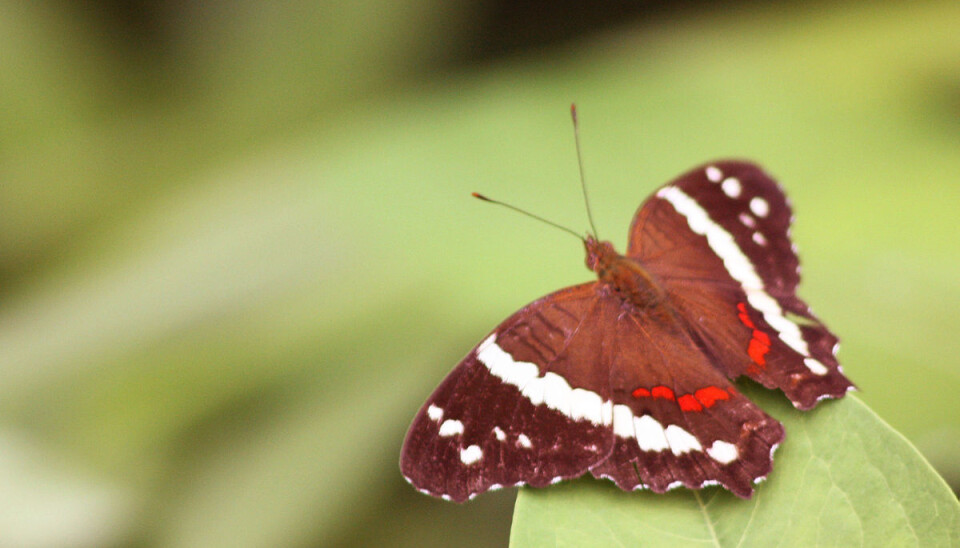
Global warming favours light-coloured insects
Climate change is forcing some insects to flee to colder areas, new study reveals. This spells change for ecosystems all over Europe.
When the climate gets warmer, living conditions change for all animals on Earth.
For years, researchers have speculated that this will lead to a mass exodus of species that’ll have to relocate to colder climates.
A new international research project has just proven that theory right.
The study, which was published in Nature Communications, shows that for the past 20 years butterflies and dragonflies have fled towards northern Europe because the areas that’ve been their natural habitat for millennia have become too hot.
“Insects aren’t able to regulate their body heat; they depend on the temperature of their surroundings. That’s why we expect a lot of insects to be forced to find new habitats when the climate changes and temperatures start to rise,” says co-author Professor Carsten Rahbek, director of the Center for Macroecology, Evolution and Climate at the University of Copenhagen.
Dragonflies have fled to the northeast
The researchers examined how 473 species of butterfly and dragonfly were distributed in Europe and compared it with data from 20 years ago.
This revealed a dramatic change in both species distribution – but most apparent for butterflies.
Some species’ habitats have shrunk but most species have abandoned their habitats altogether and migrated cooler climates in the north.
“For insects like butterflies and dragonflies there’s no way around it. When the climate changes, individual species have to find new habitats to avoid a rising body temperature that they’re not evolutionally prepared for,” says Rahbek. “We can already see how this is unfolding. Other animals, such as mammals, have the ability to regulate their body heat, meaning that the temperature perhaps isn’t as important as it is to insects.”
He suspects their findings doesn’t only apply to butterflies and dragonflies but to all insects.
Dark butterflies suffer the most
However, rising temperatures are not affecting all species of butterfly and dragonfly to the same extent.
Dark insects absorb heat more easily because the dark colours reflect fewer sunrays and so they are particularly vulnerable to warmer surroundings.
This was another phenomenon revealed by the study.
By making a colour map of the hues of the different species and analysing the shades of colour using image analysis software, the researchers were able to tell that dark-coloured species are especially widespread in the northern parts of Europe, while light-coloured species stay in the south.
In the case of dragonflies, many dark species have even disappeared from southern Europe and fled further north.
“The propagation of the species shows there are far fewer species of butterfly and dragonfly in southern Europe today than 20 years ago. It’s a direct consequence of the climate change which has made it too hot to be dark in those places,” says Rahbek.
The result is that especially darker species have to find new places to live.
Big problems ensue
So a few butterflies and dragonflies are headed north, how bad could that possibly be? It turns out, it can be quite bad actually.
-
The ecosystems. The lack or arrival of new species can create domino effects with unpredictable consequences.
-
Agriculture. Agriculture depends on both a geographical and a periodical association with insects to pollinate crops.
- The insects themselves. If there are different shades of colour within the same species, a change in the climate could make the species overall lighter coloured -- which could create problems with the insects’ ability to camouflage themselves from predators.
“We don’t know what will happen when a species leaves or enters an area. We just know that things will be very different from the way they are today,” says Rahbek.
Ecosystems have reached some sort of balance over the course of the past millennia. Now, that balance could rapidly change and no one knows what consequences that could have, says Rahbek. “I don’t want to paint a doomsday picture, because we actually don’t know what effect it’ll have on ecosystems. We only know that things will be very different.”
He says the influence the insects have on agriculture will be redistributed. Perhaps areas that are now suitable for crops will be less suitable in the future -- but it could also have the opposite effect and make some areas better suited for agriculture.
“There’s a redistribution is taking place right now,” says Rahbek. “The deciding factor is whether or not we humans can adapt to the changes in the ecosystems quickly enough.”
The climate isn’t the most important aspect
Senior researcher Toke Thomas Høye carries studies butterflies at the Institute of Advanced Studies (AIAS) at Aarhus University.
He wasn’t a part of the new study but calls it very interesting as it clearly demonstrate how climate change is linked to change in insect distribution patterns.
But according to Høye, the climate isn’t the greatest threat to insects; it’s the change in their distributions.
“Dragonflies and butterflies are among the most sensitive species when it comes to changes in distribution,” he says. ‘”The new study convincingly illustrates how great the significance of climate change is to the location of a species in the wild.”
However, adds Høye, when it comes down to ensuring the survival of individual rare species for future generations we should be more worried about immediate habitat destructions rather than concerns over climate change. “Concerns over climate are a luxury we can’t afford,” says Høye.
Rahbek agrees.
The greatest threat to butterflies is the destruction of their habitats, he says – an argument he has been vocal about for many years. The new study just shows that the climate plays an important part, too.
------------------
Read the original story in Danish on Videnskab.dk
Translated by: Iben Gøtzsche Thiele

